About Arts Achieve
What is arts achieve?
ARTS ACHIEVE: Impacting Student Success in the Arts was a large-scale arts assessment research project undertaken in 2010-2015 by Studio in a School (Studio) and the New York City Department of Education’s Office of Arts and Special Projects (OASP). Conducted in close to 80 schools, the project touched thousands of students, and provided intensive supports to 45 arts teachers.
Our approach to this research was shaped by three major goals:
- Improve student achievement in the arts.
- Enhance teacher practice.
- Integrate technology into the classroom.
ARTS ACHIEVE was created by two United States Department of Education grants: an Investing in Innovation (i3) grant awarded to Studio, and an Arts Education Model Development and Dissemination (AEMDD) grant awarded to the OASP.
WHY ARTS ACHIEVE?
Our research was animated by several questions: What sorts of performance tasks would authentically measure student arts achievement and reflect the core values of NYC’s arts learning standards, the Blueprint for Teaching and Learning in the Arts, PreK-12? How might balanced assessment – a combination of ongoing formative and biannual summative assessments – be used to support a classroom environment that empowers students to think and work like artists? In what ways might consistent professional development impact arts teachers’ skills and their students’ arts achievement? How might technology enhance arts instruction?
WHO IS ARTS ACHIEVE?
ARTS ACHIEVE was driven by a consortium that partnered five of the city’s premier arts organizations with OASP:
- ArtsConnection - theater
- Cooper Hewitt National Design Museum - technology support
- Dance Education Laboratory (DEL) at the 92nd Street Y - dance
- Studio in a School (Studio) - lead partner, visual arts
- Weill Music Institute at Carnegie Hall - music
Metis Associates was the research design, data analysis and project evaluation partner.
Thomas Cahill, President & CEO of Studio, was project director, and Paul King, Executive Director of OASP, was project manager. An executive steering committee met monthly to assess and refine program elements.
THE ARTS ACHIEVE WEBSITE
Take a journey with us through the five years of ARTS ACHIEVE! On this site you will find descriptions of various aspects of the project, with links to more detailed information, as well as a full report. There are sample units and a bank of resources for teachers, school leaders, and district administrators who may wish to undertake a similar project. We welcome your interest in this study and hope you will contact us to continue the discussion about this work and where it might lead next in NYC and across the nation.


